What is the tolerance range of precision screws?
What is the tolerance range of precision screws?
Service Hotline
+86760-8787 8587We have more than ten years of production experience in the screw industry, the main products are: hexagonal screw socket bottom hole 7.2 outer diameter, European standard aluminum profile accessories T-type slider shrapnel steel ball elastic nut, Daquan 304 stainless steel bolts, 125 fine thread screws, positioning pins ,Flat washer spring washer set with hexagon nut, shape with decoration, C grade square nut, with cushion with intermediate furniture nut, thread pitch fine pitch bolt, brass cap nut, belt rivet, slotted wing bolt, through hole hollow long Nuts, set cup head nuts and other fasteners, due to the different materials and specifications of the products, the prices are also different, please contact us if you need.


Stud bolts generally need to be surface treated. There are many types of bolt surface treatments. Generally, electroplating, blackening, oxidation, phosphating, and electroless zinc flake coating are commonly used. However, electroplated fasteners account for a large proportion of the actual use of fasteners. Especially in automobiles, tractors, home appliances, instrumentation, aerospace, communications and other industries and fields are more widely used. However, for threaded fasteners, not only a certain anti-corrosion capability is required in use, but also the interchangeability of threads must be ensured, which can also be called screwability here. In order to meet the dual-use performance of anti-corrosion and interchangeability required by threaded fasteners in use, it is very necessary to formulate special plating standards. [1] The GB/T5267.1-2002 [Threaded Fastener Electroplating Coating] standard is one of the national standards Fastener Surface Treatment series of standards, which include: GB/T5267.1-2002 [Fastener Electroplating Layer]; GB/T5267.2-2002 [Fastener electroless zinc flake coating] two standards. This standard is equivalent to the international standard ISO4042; 1999 [Threaded fastener electroplating layer]. This standard replaces the GB/T5267-1985 [Threaded Fastener Electroplating Coating] standard.
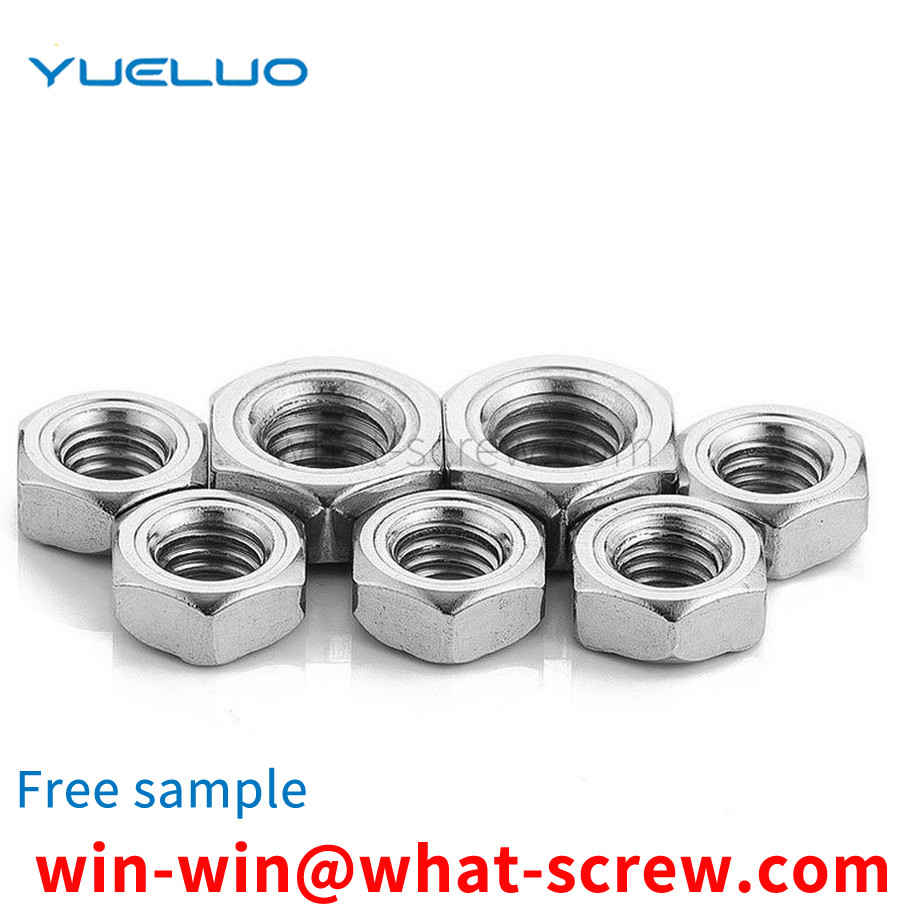
The screw is a fairly common structure in the technical field of machine parts assembly, and it mainly uses the mutual engagement characteristics of male and female threads to achieve the purpose of pressing the workpiece. At present, there are many kinds of screws on the market, and their functions are also very different. However, a stud and a rotating part by which the stud is rotated are the same basic structure.
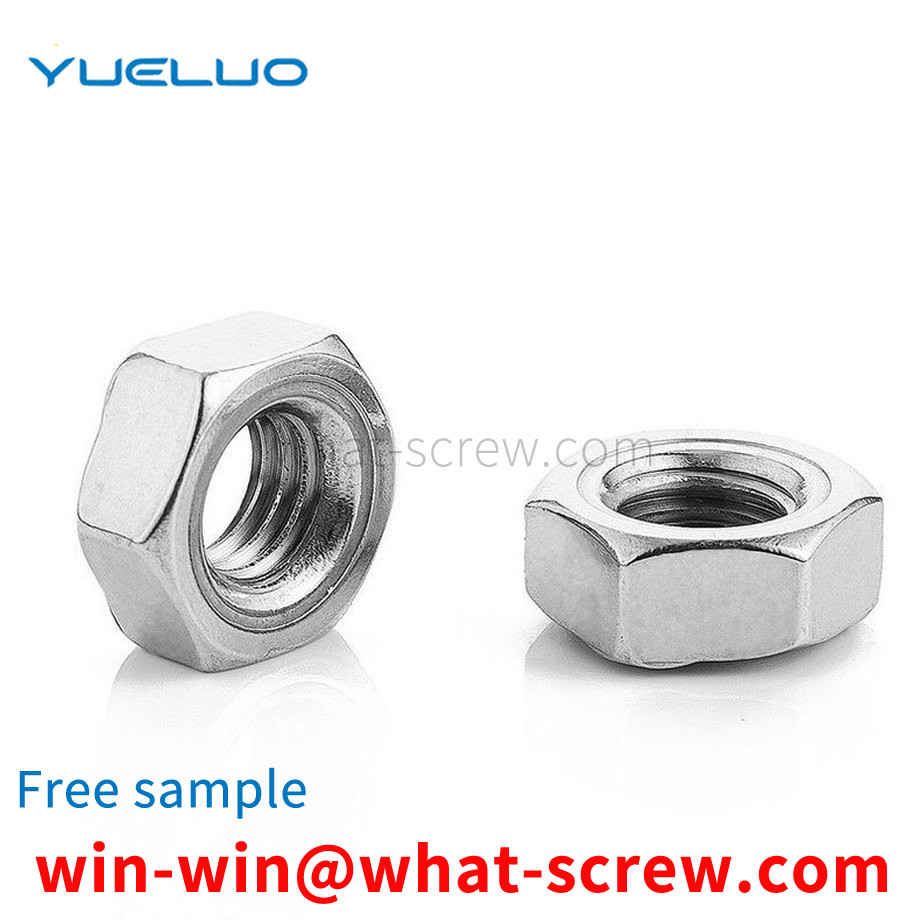
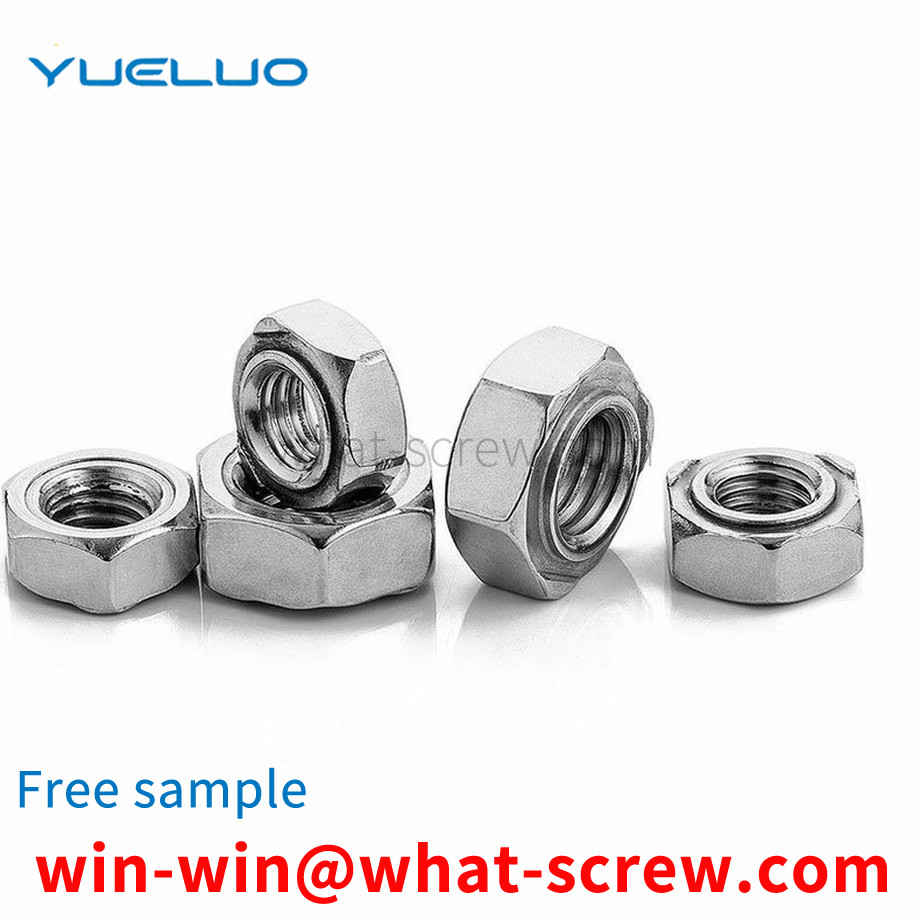
Wire cutters are widely used tools in electromechanical and other industries, and rivets are widely used standard parts, especially in the manufacturing or maintenance process of the electromechanical industry. Because the currently used wire cutters are mostly used to cut finer steel wires or various wires and twist small screws and nuts. In the process of work, rivets of various specifications are often encountered temporarily. For example, suitable rivets cannot be found at the scene, or other replacements will cause inconvenience to the work, which not only affects the output, but also affects the quality.
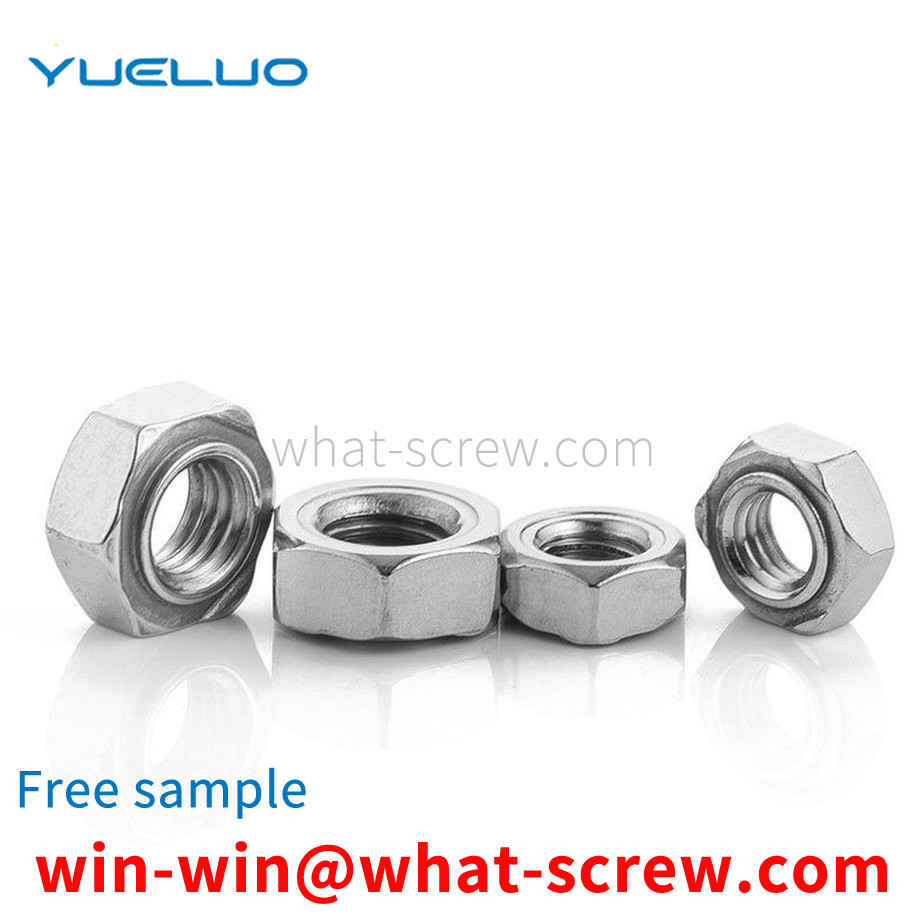
However, for some thin-walled parts (such as metal material parts with a thickness of less than 1mm), the combination of cylindrical pins and edge-cutting positioning pins is used as the positioning method on the workstation equipment. In the process of automatic grasping by mechanical grippers, there are many The disadvantage is that if the positioning accuracy is to be met, it is inconvenient for the parts to be placed in the station utensils, and it is also inconvenient for the mechanical gripper to grasp the parts, and it is easy to cause the phenomenon of positioning pin hook parts when grasping the parts. Abandon the positioning and matching accuracy of pins and holes, but in the process of equipment assembly, due to poor positioning accuracy, another phenomenon will occur, that is, the positioning pins on the mechanical gripper are not aligned with the positioning holes of the workstation equipment, so that the equipment Frequent errors. As shown in Figure 2, when the mechanical gripper grasps thin-walled parts with an inclined angle, if a cylindrical pin is used, there must be a large gap between the cylindrical pin head and the part positioning hole, that is, the diameter A of the part positioning hole must be larger than Only when the diameter B of the cylindrical pin head is larger, the parts can be picked and placed.
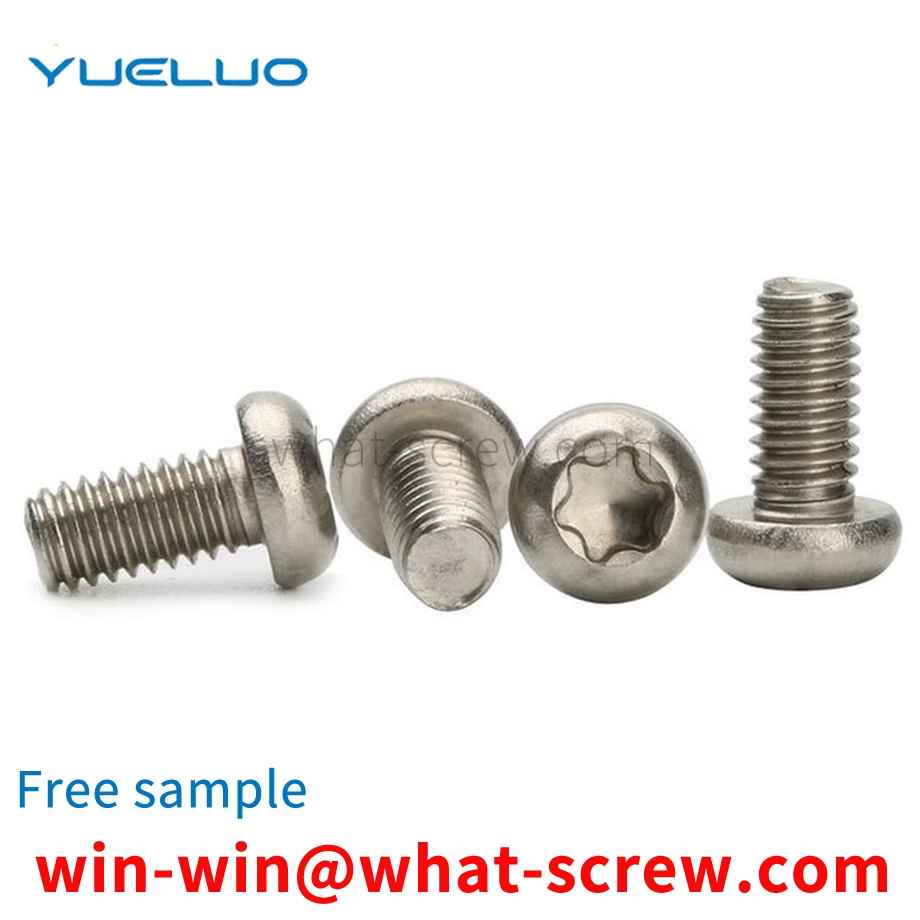
The above content is uploaded by Yueluo or the Internet. If there is any copyright issue, please contact [email protected].

What is the tolerance range of precision screws?

How to choose the right stainless steel screw manufacturer?

Why is there an R angle under the head of the hexagon head s...

We have more than ten years of experience in screw industry ...

We have more than ten years of experience in screw industry ...

We have more than ten years of experience in screw industry ...

We have more than ten years of production experience in the ...